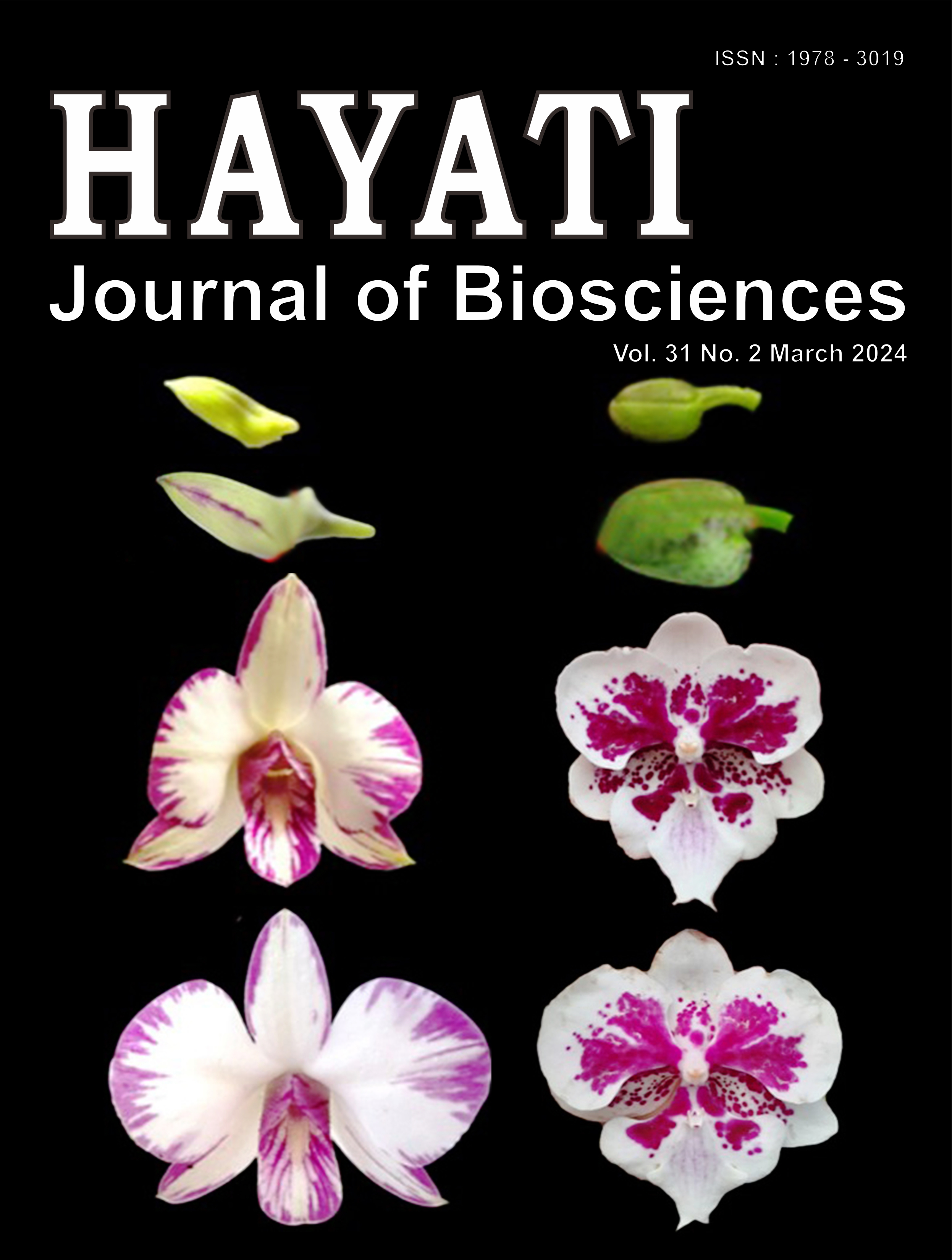Sequence-Structure Based Comparison of Structurally Homologous Thermophilic and Mesophilic Polyethylene Terephthalate (PET) Hydrolases
Abstract
Protein structure has a direct impact on thermostability. Deviations in the primary sequence can affect structural changes, leading to alterations in thermostability properties. However, the molecular basis of protein thermostability is unspecified; thus, elucidation of key factors that role particular protein thermostability is required when engineering proteins to be thermostable. To address this challenge, the amino acid composition, hydrophobicity/hydrophilicity ratio, cysteine bridges, and intrinsic features of two structurally homologous but different thermostability, poly(ethylene terephthalate) hydrolase (PETase) were compared. According to the findings, thermostable and thermolabile PETases have similar folds, compactness, and disulfide bridges. Interestingly, an abundance gap of aromaticity, hydrophobic cluster area, polar amino acid and hydrogen bond network compositions demonstrated dominant trends of variations for both PET hydrolases, indicating a pivotal role of these features in the thermostability of PET hydrolase. Furthermore, increased hydrophobic amino acid frequency in the inner surface of thermostable proteins contributed significantly to thermostability by forming more internal hydrophobic interactions and a less hydrophobic patch. There are no consistent trends in insertions and deletions between both PETases. Taken together, these observations demonstrate that hydrophobicity and hydrogen bond networks are essential factors in thermostability of thermostable PETase.
Downloads
Copyright (c) 2023 Khomaini Hasan, Maria Ulfah, Niknik Nurhayati, Gabriela Christy Sabbathini, Sri Rezeki Wulandari, I Gede Eka Perdana Putra, Is Helianti

This work is licensed under a Creative Commons Attribution-NonCommercial 4.0 International License.
HAYATI J Biosci is an open access journal and the article's license is CC-BY-NC. This license lets others distribute, remix, tweak, and build upon author's work, as long as they credit the original creation. Authors retain copyright and grant the journal/publisher non exclusive publishing rights with the work simultaneously licensed under a https://creativecommons.org/

























.png) IPB University
IPB University Department of Biology
Department of Biology The Indonesian Biological Society
The Indonesian Biological Society 

